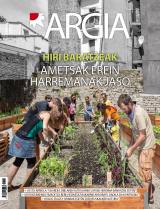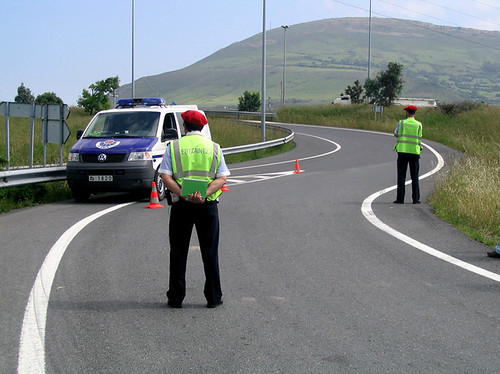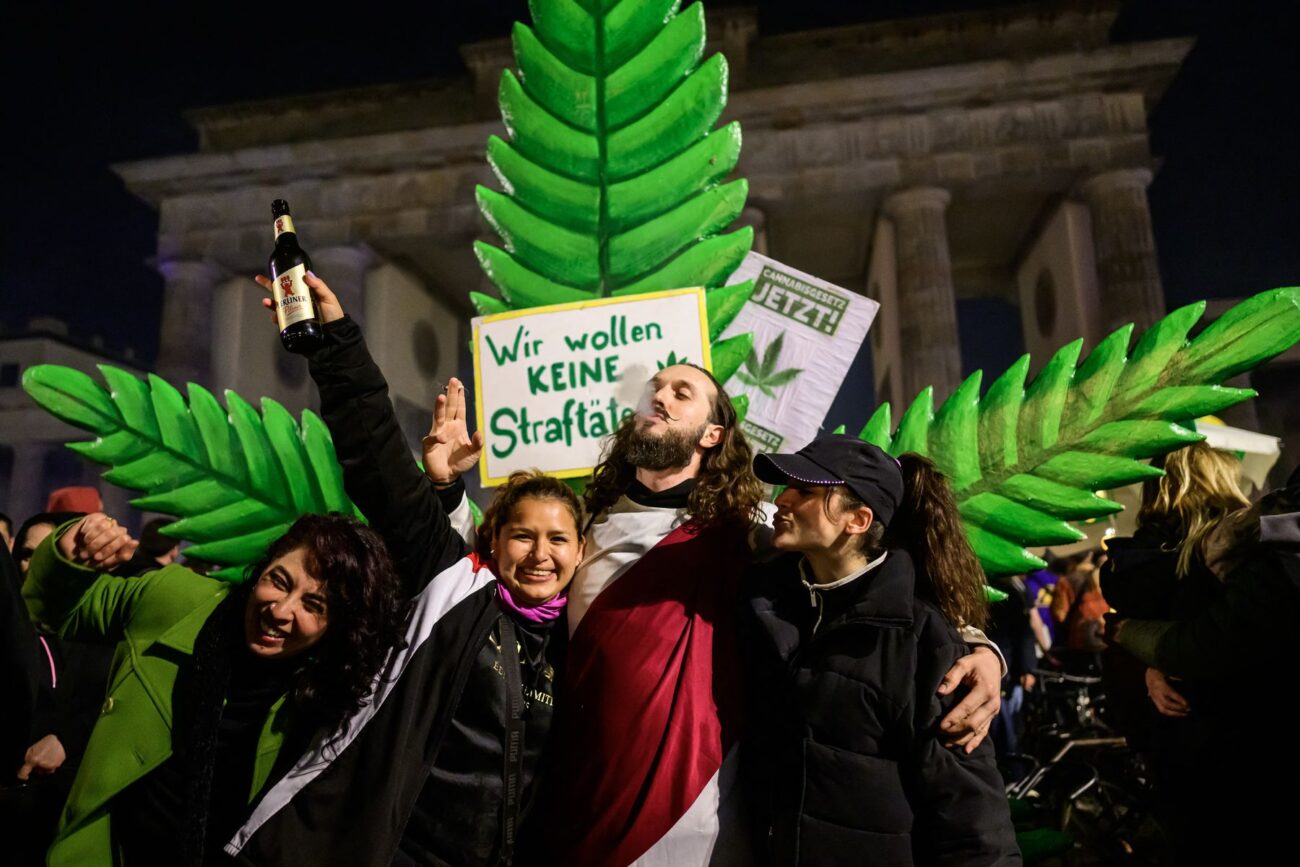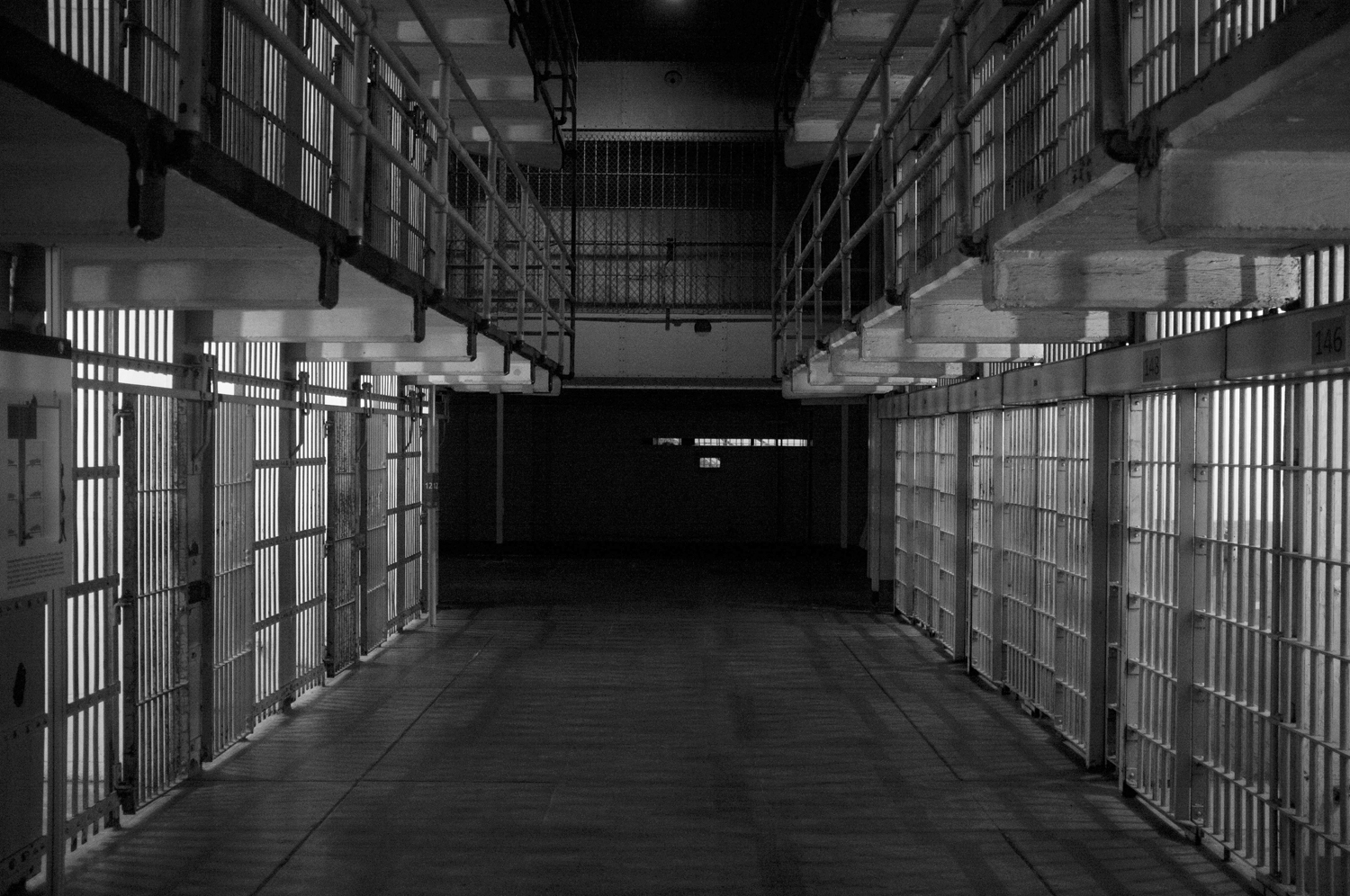"Political and police responsibility must be clarified, they didn't want to stop heroin trafficking."
- Justo Arriola is from Elgoibar, a municipality that lost many young people due to heroin consumption. His origin, his experiences and the insistence that the relations between the police and the spread of heroin were “conspiratorial” pushed him to perform an extensive work At the foot of the horse, drug trafficking, heroin and counterinsurgency in Euskal Herria (Txalaparta). The newspaper archive of the events about the use of heroin has done a great job and all that has brought it to our house. For many, the book Sezarriz is having an unbeatable reception and in half a year it already has its third edition.
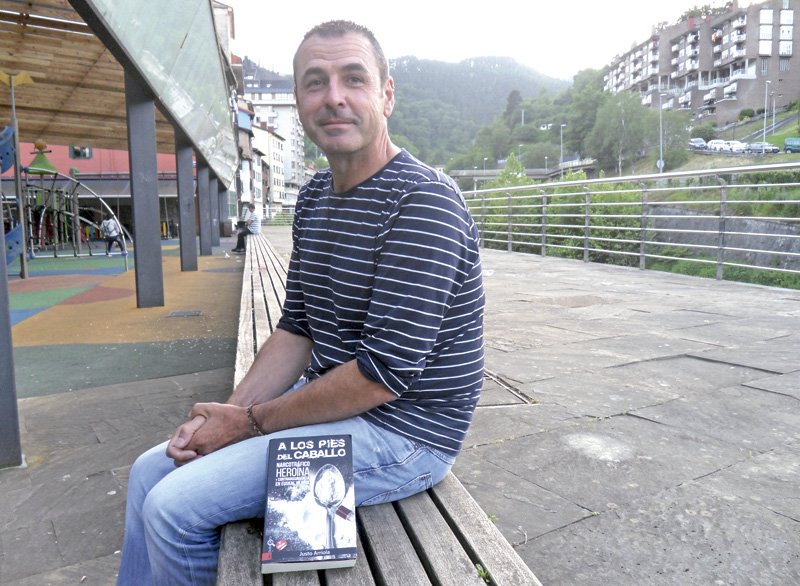
In a short time there were two generations: the one who saw heroin with ignorance and attractiveness, and the one who took it as a danger. Where are you?
The first one. We wanted to test drugs, and it was also a way of protesting. In addition, after Franco's death, the external counterculture began to arrive: music, rock, books... In addition, we are experiencing a crisis: industrial restructuring, major unemployment... All this and the poor transition led to social frustration and above all among young people. There was tremendous ignorance about drugs, we just knew what we heard in the songs. And what they officially said, that everything was bad, we didn't believe it.
As for the book, it focuses on the story you have written about Elgoibar.
I began to gather around 1985 what was happening in Elgoibar, what we organized: concerts, street performances, painted, that someone was dying... In fifteen years I picked up all of that, and several passages have seen the light in this book.
And how has it been to make known what has been collected in the village with names and surnames?
I thought some of them would have had a hard time seeing my relatives, but I've also lost many of them, who so far were in the dark, as if they had done something embarrassing. Imagine that at that time in Elgoibar, every time a young man died in relation to drug use, a concentration was made and some families did not leave. Some still do not admit that their children worked on it and that they died from it. AIDS had a tremendous stigma that was directly related to death. That's why I thought people would do well, although at first it was hard to see the names. And so it did. Thanks and hugs came to me the mothers of some dead, the sisters... On the contrary, the relatives of the deceased businessmen may not have seen it so well, but I concluded that if the story was told, it also had to be picked up.
Drug use and the management of AIDS patients was deficient...
The Elgoibar PNV left the management of drug use in the hands of the head of the Municipal Police, who thought that the simple prohibition of selling syringes to young people would solve the problem. The Ertzaintza and the Municipal Police seized a closed gym and turned it into an illegal detention center. The young people were taken to the area to be chained and threatened. A heroin addict told me they'd put a pistol on her head, and a girl said she'd been checked in. They had total impunity to do anything. They have taken advantage of the ban and the illegal situation to stop, control ... In particular, in the United States it has recently been recognized that at the time of Nixon action was taken against drugs to control black and leftist movements.
In what year did they start distributing syringes in the CAV?
Anti-AIDS commissions started distribution in 1988 and later started selling kita (condom and syringe) in pharmacies. Institutions too late, five years after the first cases of AIDS, after the mass death of people. In prisons, the exchange of syringes was not launched until the end of the 1990s. What was a health problem was treated as if it were public order. The AIDS patients were offered little health care, and they were then sentenced to several months in prison.
What drove him to write the book?
Juan Carlos Usó, who has written a lot about drugs, said in a forum that the police did not introduce heroin in Euskal Herria for political purposes. I told him that there were certain indications to the contrary. The debate was long and I decided to start collecting documentation, documentaries, books, internet, press... I also started picking up what happened overseas, and I also wrote some of Elgoibar's story. Last year I read some passages in the town’s Gaztetxe. The young people were stunned because they didn't know the past and they asked me to make it public. That really encouraged me. At that time I went to a conference that was given by thinker Antonio Escohotado in San Sebastian and when I asked him about the relationship between the police and heroin he replied that we were “conspiratorial”. I wanted to put arguments to those who want to close the debate.
What was denounced by the leader of the municipal police of Mondragón is...
Yes, when the words of José Luis Etxeberria Porru were published in September 2015, I was surprised that there had been no political response. Porru found that camouflaged cars leaving La Salve and Intxaurrondo distributed heroin in Mondragon and other towns. In addition, another person reported that he had bought heroin from the civilian guards of Intxaurrondo and a tabernacle of Pamplona had seen them distribute heroin among the patrol cars. On the other hand, a resident in Deba reported that unknown people had given them the heroin for free on a Saturday night and that for several weeks he had seen them dressed in uniform. After publishing the book, I am collecting more testimonies; here’s what a soraluze has told: In the early 1980s there was a bar where members of the Abertzale left, trade unionists and young people met. He was arrested in a raid and was attacked for ten days by the DGS Security Directorate in Madrid, while a curator made the same offer every day: if he told him what he had spoken at the bar, he would distribute heroin and make it easier for him to sell at the bar. The innkeeper didn't surrender.
The experience of the Ondarroa junkies has surprised me: to prevent the traffickers from entering the village.
They tried to organize with each other and they got a lot of popular support. They came to the conclusion that the heroin problem had been brought by themselves and that expulsion was their responsibility. I have not experienced any other such experience.
The 'Navajas case' was very clarifying...
Traffickers, tobacco smugglers and pimps paid police forces the fee to do their business with complete impunity. At the time, one of Intxaurrondo's chiefs stated in an internal investigation that this enormous black money was used for the dirty war. Knives started to investigate, but it looks like he got scared. Moreover, Count Pumpid said in 1987 that there was a protected heroin mafia.
Is this book also a recognition of the work of Pepe Rei, Adore and Errotatxo?
Yes, everyone in their field – research, reporting and prevention – worked hard. Pepe Rei’s research work has been fundamental, it has risked everything. It was he who published the testimony of a Turkish narco who was in a Civil Guard mafia that was handing out heroin on a large scale.
At that time, we were introduced to heroin. What are you introducing now to stop young people?
As always, depending on the struggle and the time it takes place, all the tools will be used to relax and fool.
Your work has a lot of truth, justice and reparation.
Yes, I wanted to pay tribute to the thousands of young people killed. Political and police responsibility must be clarified. Seeing how much heroin was detected every year, it's clear that they didn't want to stop the traffic. On the contrary, from the point of view of public opinion and in order to control young people, raids were made on “drugs”, especially hashish.
What is in our hands?
Anyone who knows something, tell them. Through the media I am sending the following message to Ardanza: Why did you silence Porru, a former head of the Arrasate Municipal Police, when 35 years have passed? Do we not have the right to know what happened?









